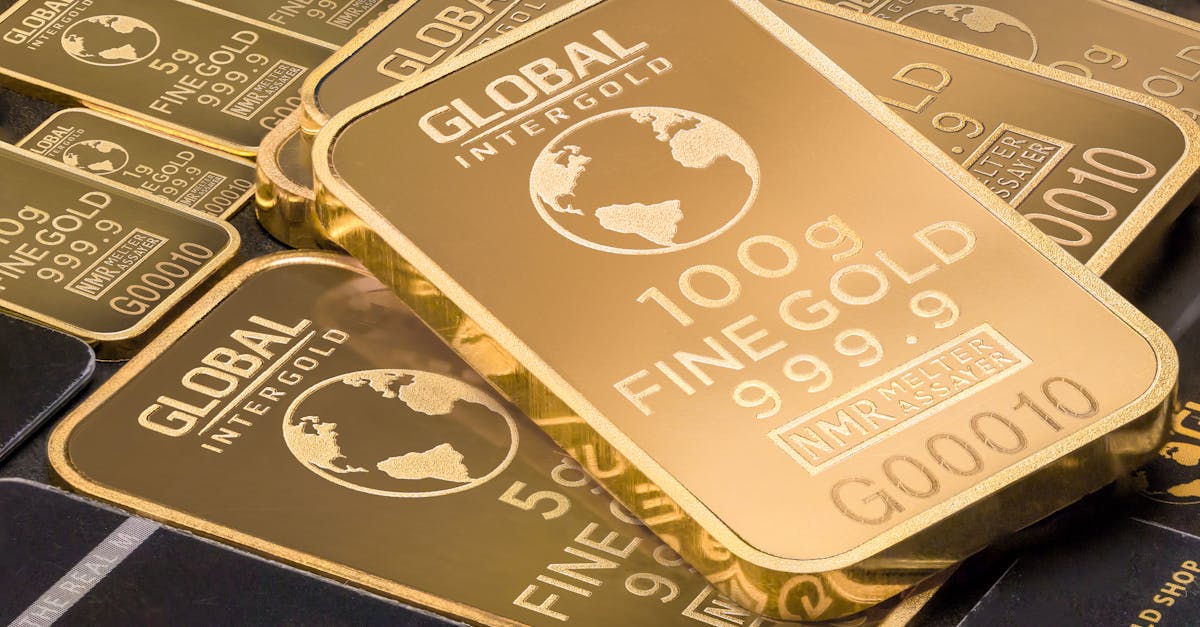Bitcoin vs. Gold: A Shifting Investment Landscape
Diverging Performance Trends
 Photo by Pixabay on Pexels
Photo by Pixabay on Pexels
JPMorgan observes that the inverse relationship between gold and Bitcoin will likely continue through year-end. However, several cryptocurrency-specific catalysts may drive Bitcoin to outperform gold in the second half of 2024.
Earlier this year, markets witnessed a notable shift in asset allocation. Gold and Bitcoin, which moved in sync during Q4 2023, have since entered a zero-sum competition.
Price Movements and Market Data
 Photo by Achira22 on Pexels
Photo by Achira22 on Pexels
According to trading desk reports, JPMorgan noted in its latest research that gold prices fell nearly 8% after peaking at $3,500 on April 22. Meanwhile, Bitcoin surged 18% during the same period. This inverse correlation is expected to persist, but Bitcoin may gain an edge due to unique crypto market drivers.
Recent three-week flow data clearly highlights this trend. Retail and private investors have withdrawn funds from physical gold and gold ETFs while pouring money into Bitcoin and crypto ETFs. Futures markets reflect a similar pattern—gold futures declined, while Bitcoin futures saw significant growth.
Changing Market Dynamics
 Photo by Michael Steinberg on Pexels
Photo by Michael Steinberg on Pexels
This marks a reversal from mid-February to mid-April, when gold rallied strongly while Bitcoin fell alongside other risk assets. JPMorgan explains that in Q4 2023, both gold and Bitcoin rose together, driven by “currency debasement” concerns. However, in 2024, their correlation broke, turning into a zero-sum game.
From mid-February to mid-April, gold’s gains came at Bitcoin’s expense. The past three weeks, however, saw Bitcoin rise as gold declined.
Factors Favoring Bitcoin
JPMorgan expects Bitcoin to outperform gold in H2 2024, citing several crypto-specific tailwinds:
- Corporate Bitcoin Accumulation: Companies like MicroStrategy and Metaplanet continue aggressively buying Bitcoin. MicroStrategy plans to raise an additional 42 billion (totaling 84 billion) by 2027 for Bitcoin purchases, having already completed 60% of its initial $42 billion “21/21” plan.
- State-Level Adoption: New Hampshire became the first U.S. state to pass a bill allowing treasury investments in crypto, permitting up to 5% of state assets in Bitcoin and gold. Arizona also adopted a budget-neutral approach to create a reserve fund for Bitcoin and digital assets. More states may follow, providing sustained support for Bitcoin.
- Crypto Derivatives Expansion: U.S. exchanges are acquiring crypto derivatives platforms—Coinbase bought Deribit (handling 85% of global crypto options), Kraken acquired futures platform Ninja Trader, and Gemini secured a MiFID II license to offer derivatives in the Eurozone. These moves signal market maturation and could boost institutional confidence.
Keywords for Image Search:
Bitcoin, gold, cryptocurrency, investment trends, MicroStrategy, crypto ETFs, gold ETFs, derivatives market